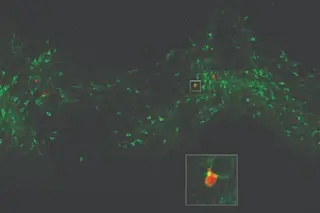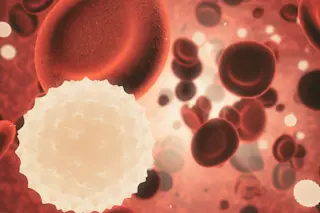Alzheimer’s disease has repeatedly defeated predictions that effective treatments were right around the corner. By the time symptoms of dementia appear, it seems, damage to the brain is already substantial. But several 2012 advances improve the prospects for intervening before the point of no return.
Early Detection
In April the U.S. Food and Drug Administration approved Amyvid, a radioactive dye that helps spot amyloid plaques—abnormal clumps of protein in the brain that are a key indicator of Alzheimer’s. Until now, those plaques could be identified only by examining brain samples postmortem. Amyvid attaches to the amyloid protein so it can be spotted easily on a PET scan. “This compound has great potential to be an effective diagnostic tool,” says Ralph Nixon, a psychiatrist and cell biologist at the New York University School of Medicine.
Better Modeling
Teams in the U.S. and the U.K. have developed stem cell–based models of Alzheimer’s ...















